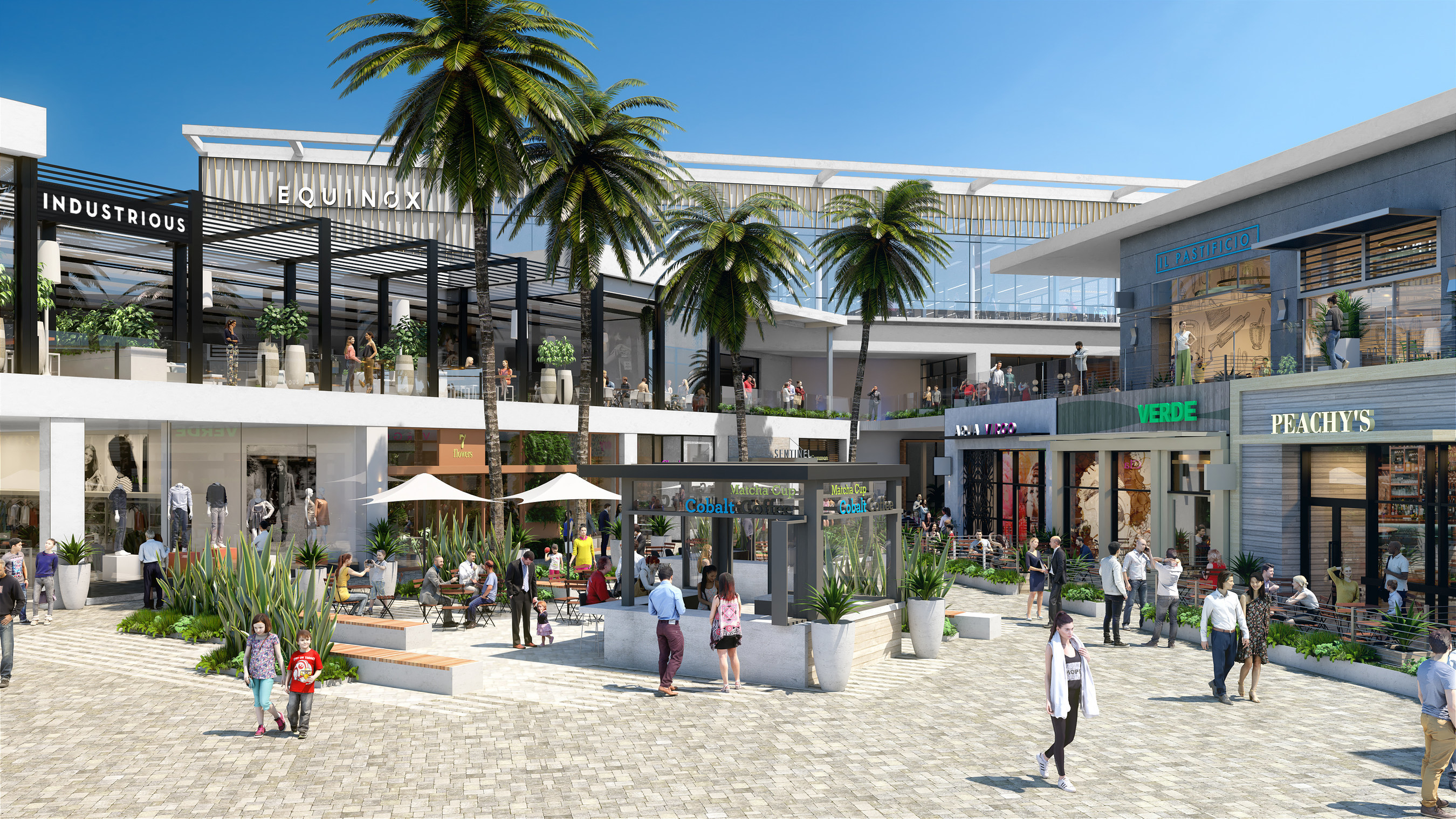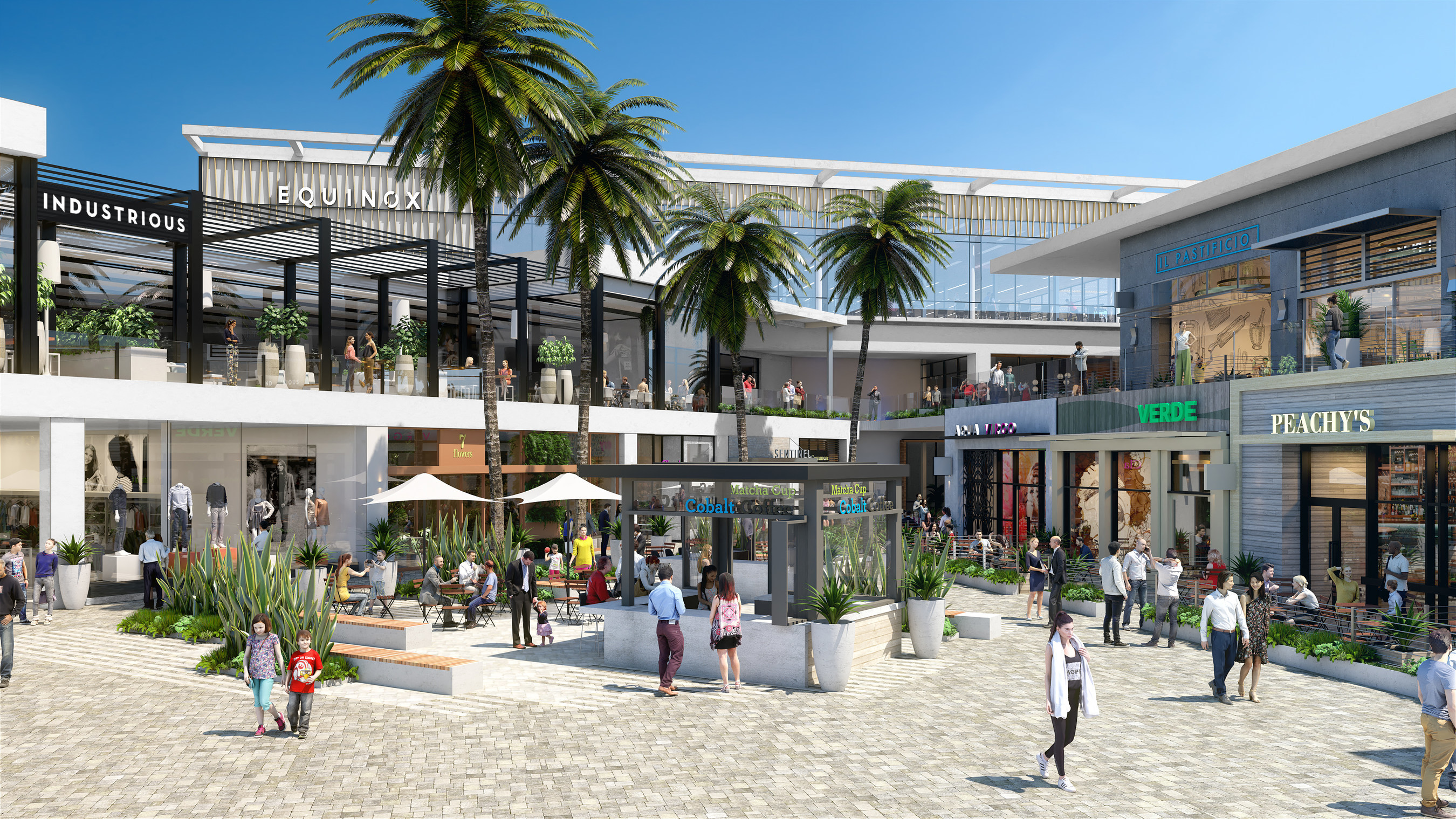Seritage Growth Properties (SRG 0.60%) had a dismal first quarter. In fact, with negative funds from operations (FFO), it's hard to put any sort of positive spin on the quarter.
But the real estate investment trust's (REIT) long term focus remains the same as it was when it first went public. The bad quarter just pushed forward some of the company's inevitable growing pains. Results will likely be weak for a little bit, but the opportunity here is still quite large.
Here's what you need to know about this awful quarter, and why Seritage could still be a good choice for aggressive investors.
The bad news first
Sears declared bankruptcy in late 2018. The retailer is retail landlord Seritage's largest single tenant, accounting for around 45% of its leasable square footage. That makes complete sense, since Sears spun out Seritage in 2015 in an attempt to raise cash to help the struggling retailer turn its business around. Clearly that turnaround didn't work out as hoped, putting Seritage in a tough spot as Sears and Kmart continued to struggle.

Image source: Getty Images
The first quarter, then, was the first full quarter in which Seritage had to deal with a large bankrupt Sears. There was a lot of movement on the Sears bankruptcy front, but the end result was Seritage reporting an FFO loss of $0.09 per share. Clearly the company's FFO didn't cover its $0.25 first quarter dividend, which is why it currently doesn't plan to pay any additional dividends this year. For an asset class specifically designed to provide investors with income, that's not a great sign.
This is all very bad news, but it doesn't actually change much about the opportunity that Seritage offers investors.
It was never about Sears
From day one Seritage's goal was to distance itself from Sears -- there was never a point in the REIT's existence when Sears was deemed a good long-term tenant. The question was whether or not Sears would slowly decline, leading to an orderly shift away from the retailer, or if it would implode, leaving Seritage with a rather large headache. For the first couple of years the process was slow, but that obviously changed in late 2018.
Although a gradual shift away from Sears would have been easier to deal with, the big picture hasn't been changed by the bankruptcy. Sears pays about $4 per square foot in rent. That's a paltry sum, with non-Sears tenants paying around $13 per square foot. More recent leases are getting signed at even higher levels. It doesn't take a degree in higher math to see that getting out from under Sears is good news for Seritage -- and the stock price reflects that to some extent.
The problem is that slow and steady works better for the REIT's financial results, since Seritage must upgrade vacated Sears space before it can put in a new tenant. You can't rush construction, so that process can take a long time. And it costs a lot of money to upgrade assets. That's why Seritage created a category called "signed not occupied" when discussing its occupancy statistics to highlight the long-term positive changes taking place in its portfolio. At the end of the first quarter Sears was in 45% of its leasable square footage, 30% was filled with non-Sears lessees, and 25% of its property fell into "signed not occupied".
With Sears' bankruptcy, Seritage is working as hard as possible to expedite the ongoing shift away from the troubled retailer. That means selling some assets, which helps raise cash for upgrades to others, and continuing to reposition its portfolio. The "signed not occupied" leases are expected to come on as paying tenants over the next 24 months as upgrades and redevelopment plans unfold. But there's the problem -- Seritage has at least another two years of headwinds ahead of it as it continues its shift away from Sears.
The REIT has around $1 billion in costs to fund currently planned construction, with around $875 million in liquidity. So it will need to find more cash. Look for more asset sales, and perhaps debt and equity issuances as well. It would clearly be better if cash wasn't an issue, but at the end of the day the company has a lot of tenants lined up for the properties it's upgrading. Seeing this, it is highly likely that it will be able to get the funding it needs.
No easy fix
At the end of the day, the first quarter was rough for Seritage. But that was kind of expected given that its largest single tenant declared bankruptcy. The long-term story, meanwhile, is still the REIT's shift away from Sears -- only now, with Sears working through bankruptcy, the speed of the shift has taken on more importance.
Seritage has a lot of work ahead over the next two years, but the end result will be a much stronger REIT. Conservative investors will probably want to avoid this story, but those with a more aggressive bent might find the prospects for the future enticing here. But only if they can stomach continued bad news while Seritage builds its way out of the hole Sears is creating in its portfolio.







